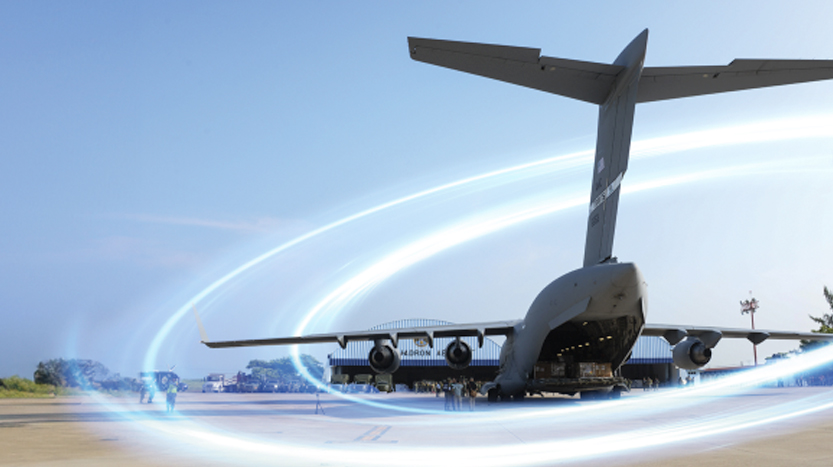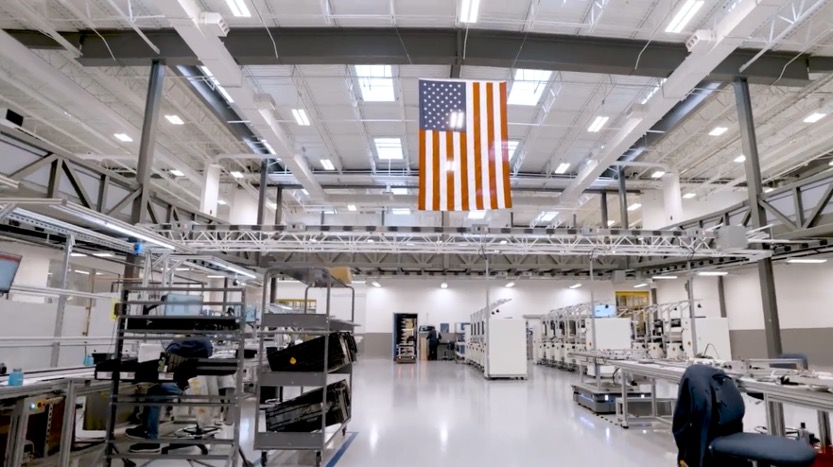Government
Private Wireless Solutions
News
DoD is the largest private 5G network deployer
The U.S. military has emerged as the largest current buyer of hardware, software and services related to private 5G wireless networks. This point was hammered home at Connect (X) in Orlando this week, in a panel appropriately titled Architecting and Deploying the Largest Private 5G Wireless Deployment.
The military’s 5G initiatives were outlined by Sal D’Itri and Kurt Jacobs. D’Itri is the past chairman and a current member of the National Spectrum Consortium and is also VP and GM at Federated Wireless. Kurt Jacobs is VP, Federal Markets at JMA Wireless.
D’Itri acknowledged the fact that while U.S. carriers have a number of private 5G trials, tests and proofs of concept, announcements about paying customers have been scarce, with one major exception.
“DoD is the largest enterprise customer in the world, and I would dare say in 5G the first customer,” D’Itri said.
The Department of Defense has committed $600 million to 5G deployments, using licensed, shared and federal spectrum – 700 MHz in all, Jacobs said.
D’Itri noted 5G is one of the key technologies covered by the $2.5 billion award DoD made to the National Spectrum Consortium, with a mandate to accelerate the development, adoption and deployment of next-generation technologies.
RELATED: DoD doubles down on 5G testbeds
Logistics, augmented reality and holograms are among the use cases the DoD is exploring, D’Itri and Jacobs said. They said the military is interested in the speeds and bandwidth of 5G, but like any enterprise customer, the DoD primarily wants to measure the technology against its own benchmarks.
For example, the Marines want to achieve a 40% improvement in the efficiency of their logistics systems, and 5G is central to their efforts. The Marines are investing more than $100 million in a private 5G network at their global logistics center in Albany, Georgia.
Jacobs said the Albany testbed is using low-band, mid-band and high-band spectrum, and is testing both standalone and non-standalone 5G. “Almost any way you can deliver 5G, we’re delivering it on that testbed,” he said.
JMA Wireless is the RAN provider for the Albany network, and Federated Wireless provides the Spectrum Access System. Cisco, which has developed its own open, cloud-native 5G architecture, is also an important contributor to the Albany network, Jacobs said.
Multiple contractors are running 5G applications on the network, Jacobs added. “That’s where we are being measured on success: Can we enable these apps?” he said.
Vendors that do not normally work with the government are able to participate in its 5G tests through Other Transactional Authority (OTA), which eliminates much of the traditional paperwork involved in government contracts.
Jacobs touted the speed and footprint of the private 5G network, saying the entire solution consumes just “half a rack” and is delivering 10 millisecond latencies and gigabit speeds. Many IoT endpoints are currently connected to gateways, since the sensors they use do not support 5G.
D’Itri and Jacobs predicted the technologies that succeed in the military’s 5G tests will have a high likelihood of gaining traction in the commercial market. “They’re trying to … see what shakes out,” said Jacobs. “Not all will survive.”
In addition to the Albany testbed, the DoD is developing 5G test sites at Hill Air Force Base, Utah; Joint Base Lewis-McChord, Washington; the Naval Base San Diego, California (with AT&T); and Nellis Air Force Base, Las Vegas, Nevada.


